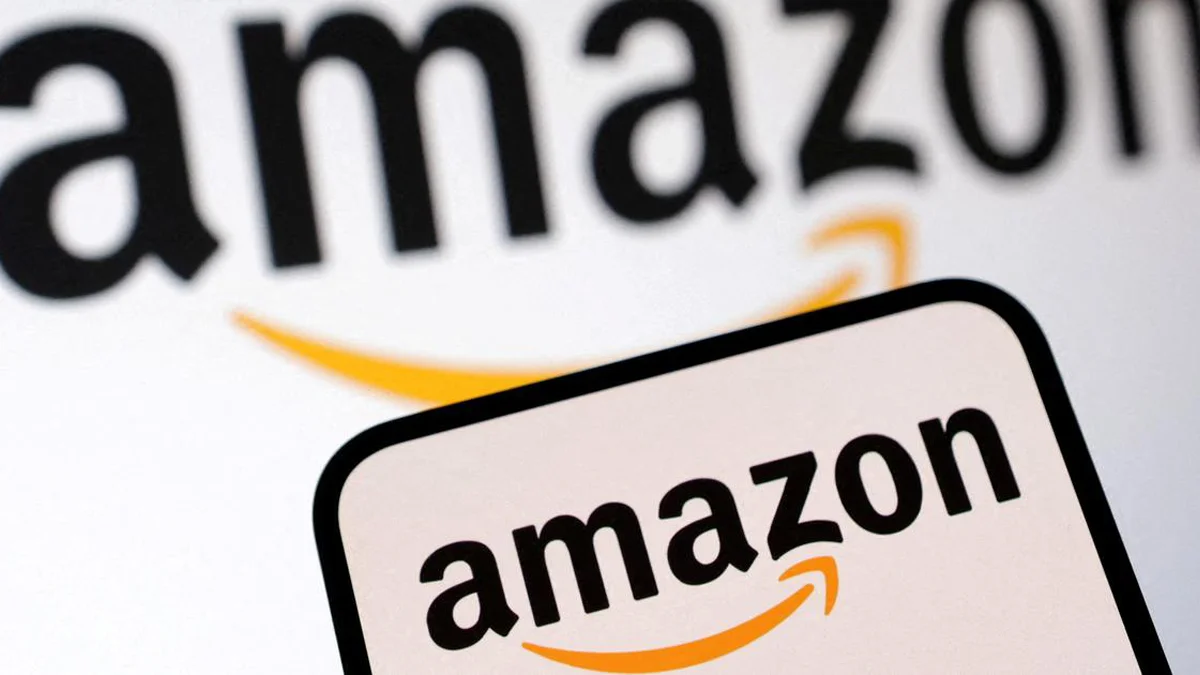Necessary Always Active
Necessary cookies are required to enable the basic features of this site, such as providing secure log-in or adjusting your consent preferences. These cookies do not store any personally identifiable data.
|
||||||
|
||||||
|
||||||
|

China’s largest e-commerce association says Chinese businesses that sell products on the US platform, Amazon will increase prices for the US market or quit the market altogether. Chinese Amazon sellers cited US tariff hikes as the main reason for their decision, Reuters reported.
On April 9, president Trump said he would push tariffs on Chinese imports to 125%, up from the 104% that is already in effect as the US-China confrontation escalated.
“This isn’t just a tax issue, it’s that the entire cost structure gets entirely overwhelmed. It’ll be very hard for anyone to survive in the U.S. market. The tariffs could also lead to customs delays and higher logistics costs. So for all of us in the cross-border e-commerce business today, this is truly an unprecedented blow,” Head of the Shenzhen Cross-Border E-Commerce Association Wang Xin said.
The Chinese eCommerce Association represents over 3,000 Amazon sellers. Xin said that some Chinese sellers plan to introduce Amazon price hikes due to tariffs. Other sellers are focused on getting new markets. Her comments were similar to those shared by Amazon sellers based in Shenzhen.
The US tariffs are having a big impact on Chinese small businesses and manufacturers. Xin added that the new levies could further accelerate unemployment in Asia’s largest economy.
China plays a key role in the global ecommerce industry. Besides Amazon, other leading e-commerce platforms like Temu and Shein have their manufacturing bases in China. Data from the Chinese State Council shows that last year, exports and imports related to cross-border e-commerce were worth $358 billion.
No country matches the consumption power of the US. This significantly limits production to that the rest of the world can absorb. This raises the risk of the growing price wars among Chinese exporters. It also reduces their profitability margins significantly. About 100,000 businesses on Amazon are registered in China’s Shenzhen alone.
According to ecommerce platform SmartScout, these businesses generate about $35.3 billion annually. The country is home to about 50% of Amazon sellers. China imposed a 34% retaliatory tariff on all imports from the US beginning April 10. The US-China trade war 2025 could push China to other trading partners. This could see the Asian country implement additional retaliatory measures in a bid to galvanize its economy. Since the Covid-19 pandemic, China has been struggling with weak consumer sentiments and property crisis
China e-commerce sellers are leaving the US Amazon platform. Brian Miller said he sees no reason to create new products in the current environment. Miller sold products on the ecommerce platform for seven years from Shenzhen. He anticipates that he and other Chinese Amazon sellers will increase product prices sharply when their current inventories run out in about a month or two.
Miller says he sells building blocks for kids on Amazon for $20. His company currently spends $3 to produce the blocks. With the Trump tariffs coming into effect, the blocks will now cost $7 to make. To maintain profit margins, his company will have to raise the selling price by at least 20%. Prices for more expensive toys could rise by up to 50%.
“I don’t see a scenario, if things don’t change, that serving the U.S. from China is viable any more and manufacturing that serves the U.S. will have to be transferred to other countries like Vietnam, or Mexico,” Miller said.
Another Chinese Amazon seller Dave Fong said he had already increased product prices in the US by 30%. He also said he will allow his inventory levels to drop and reduce his spending on advertising. At one point, Amazon charged him up to 40% of his US revenue as advertising fees.
“For us and anyone else, you can’t rely on the U.S. market, that’s quite clear. We have to reduce investment, and put more resources into regions like Europe, Canada, Mexico and the rest of the world,” Fong said.